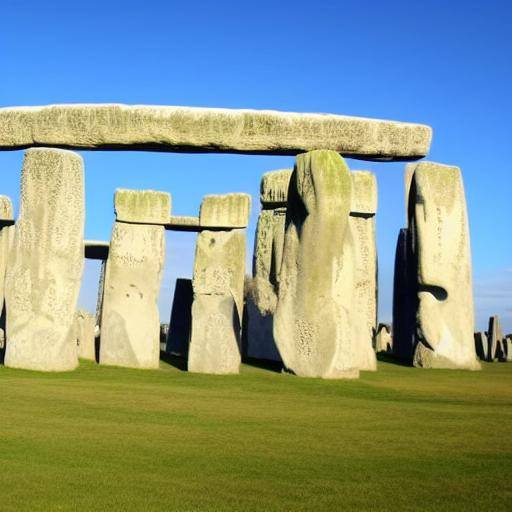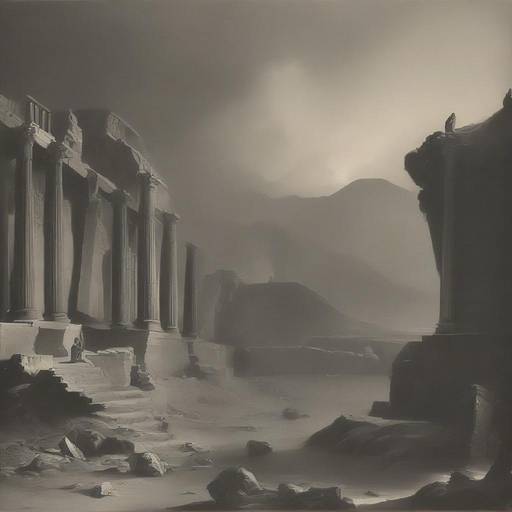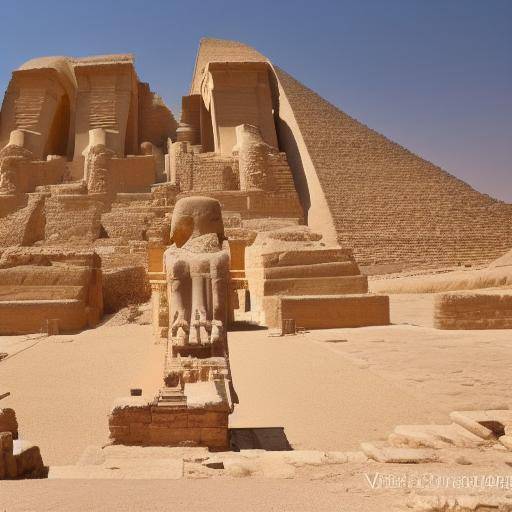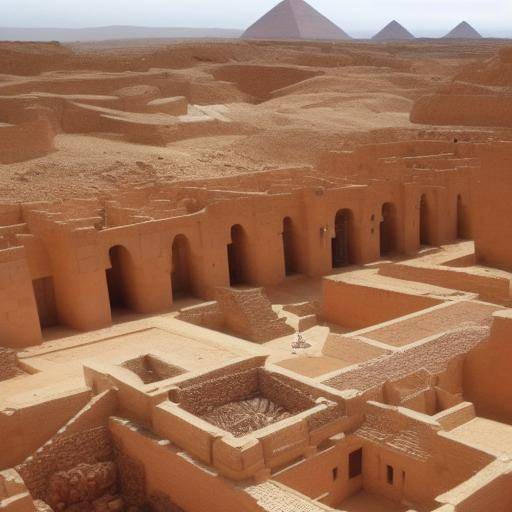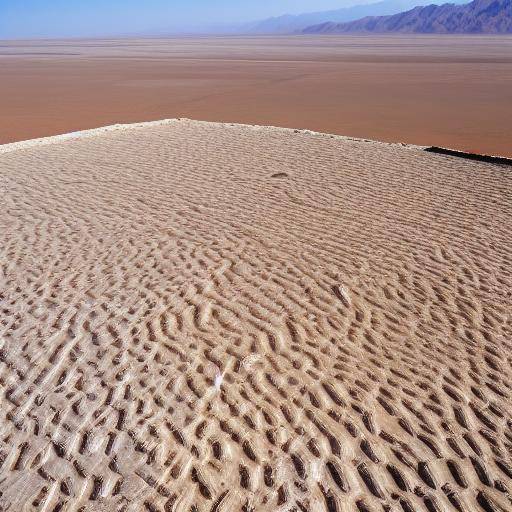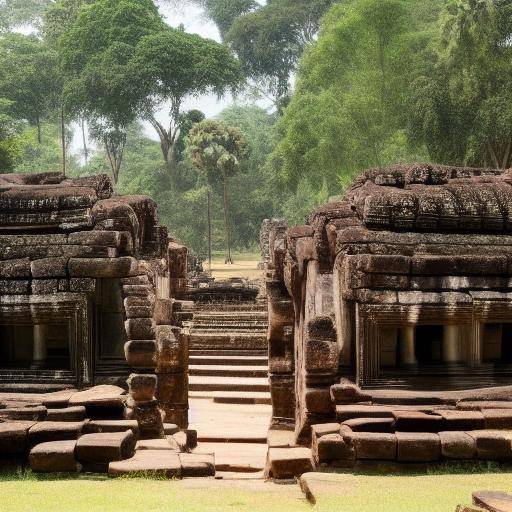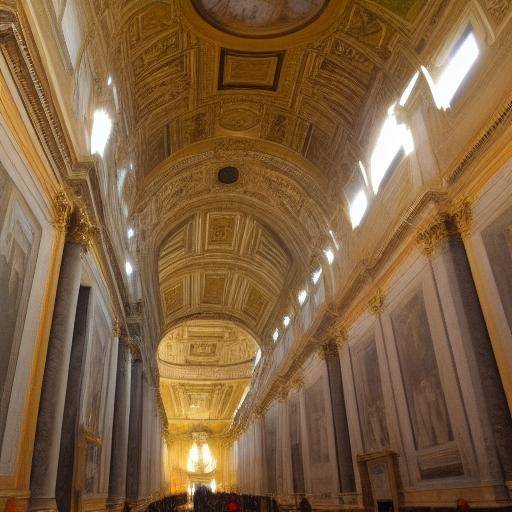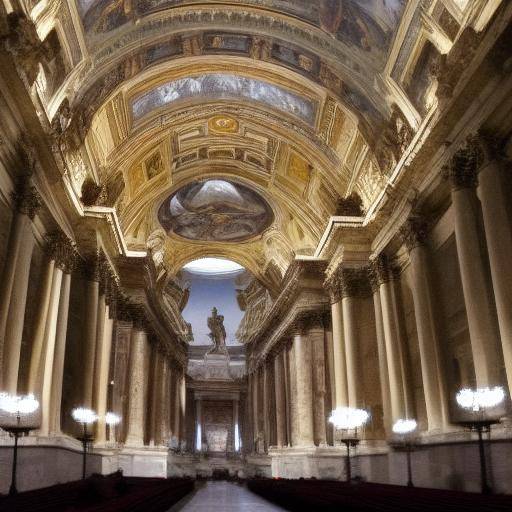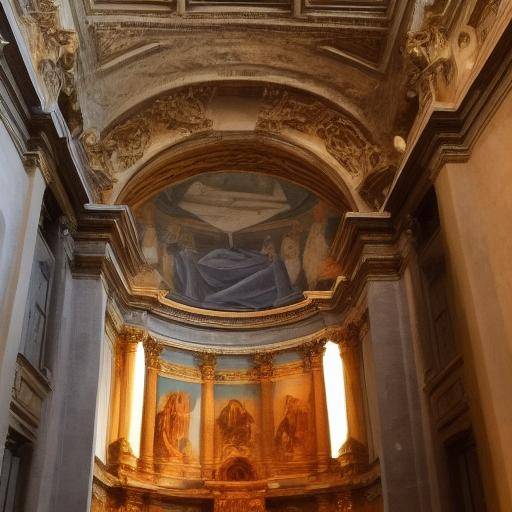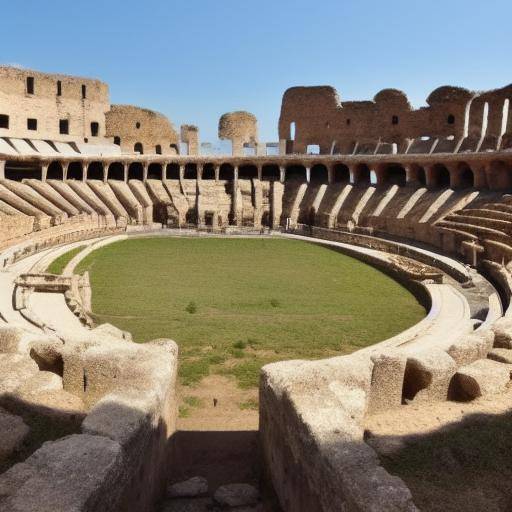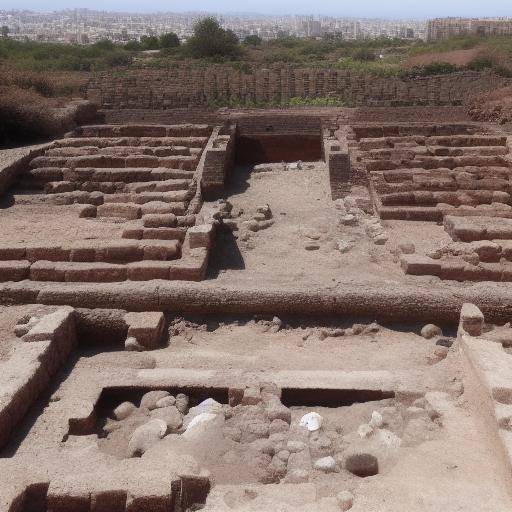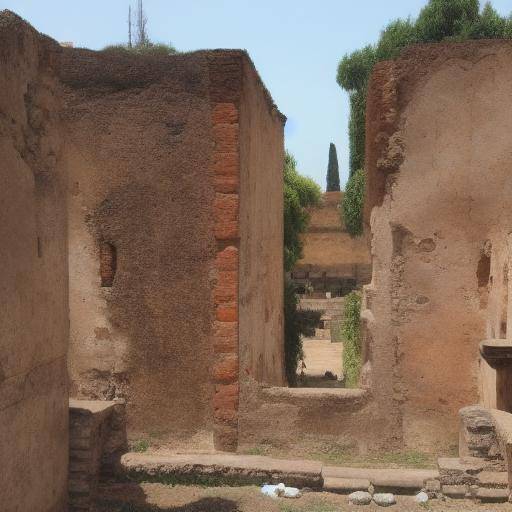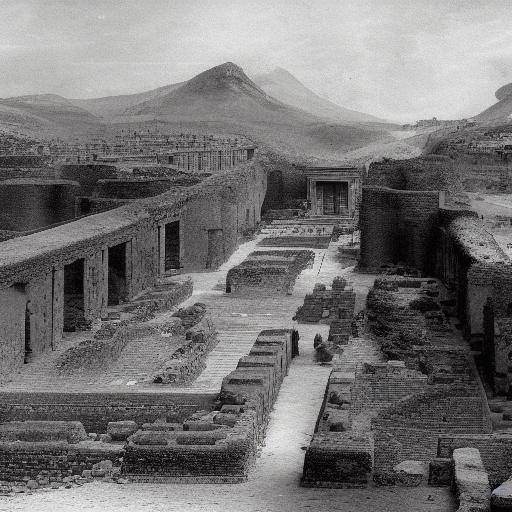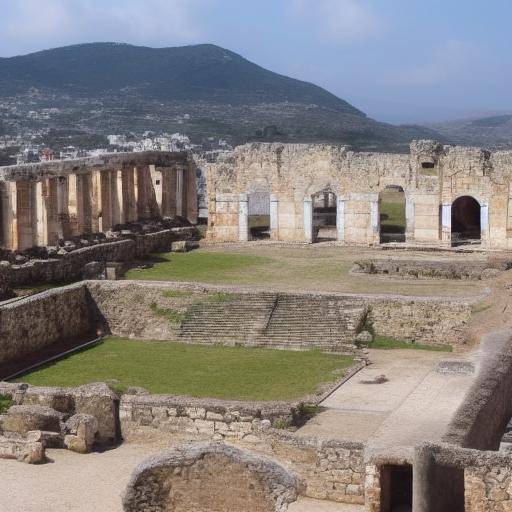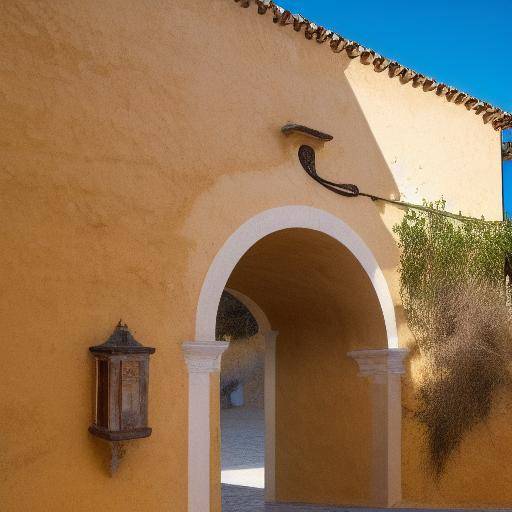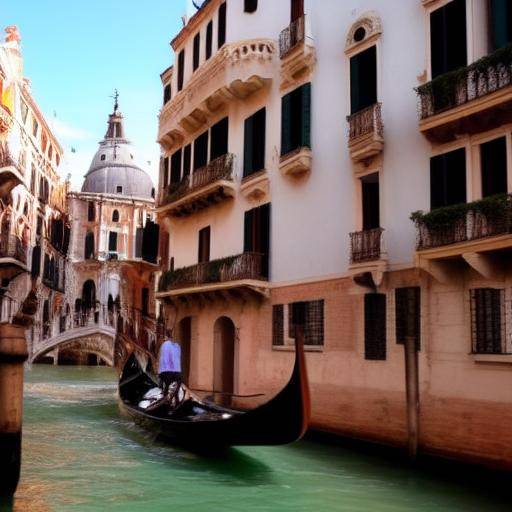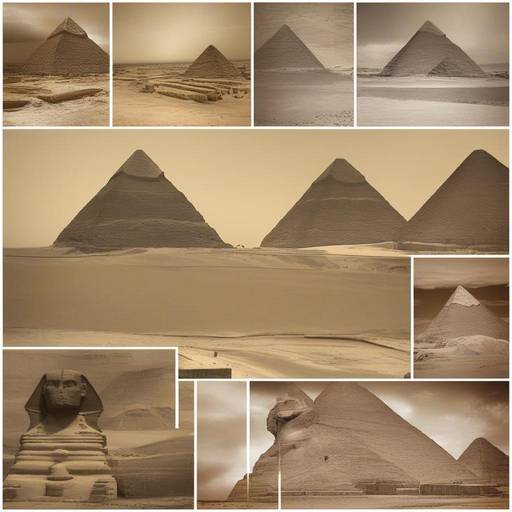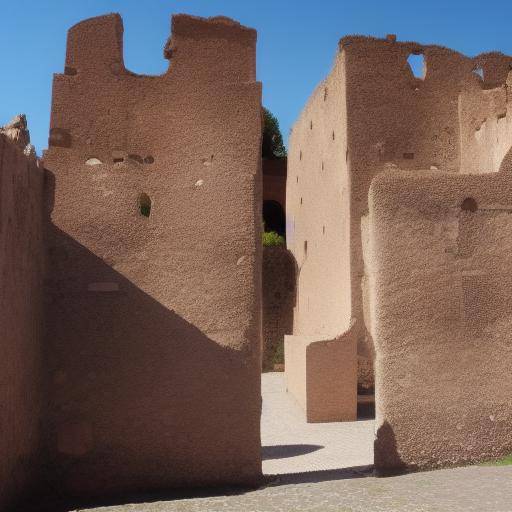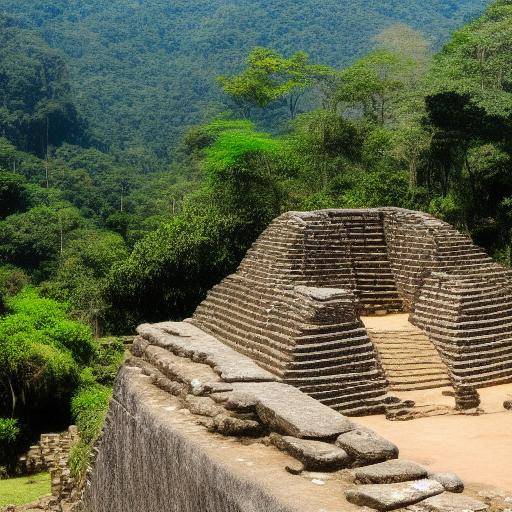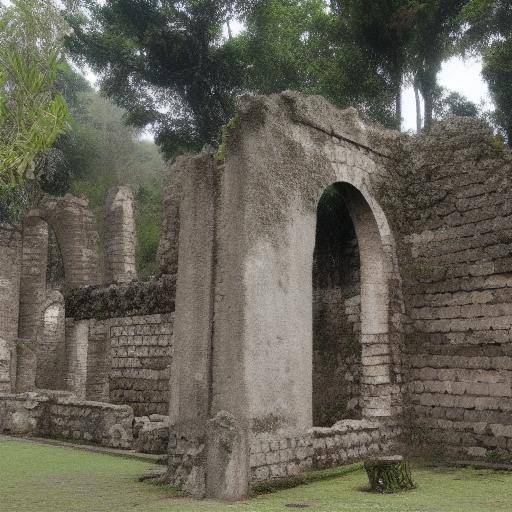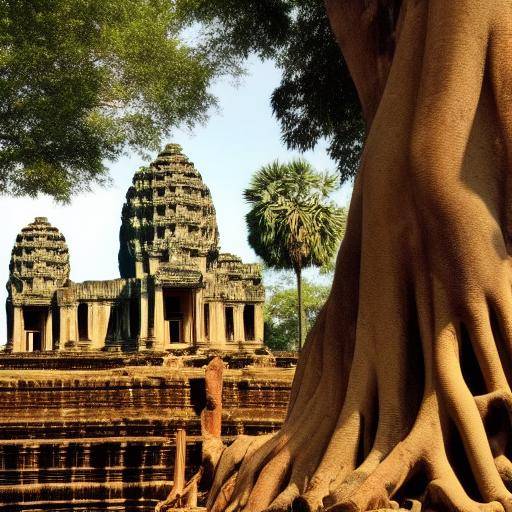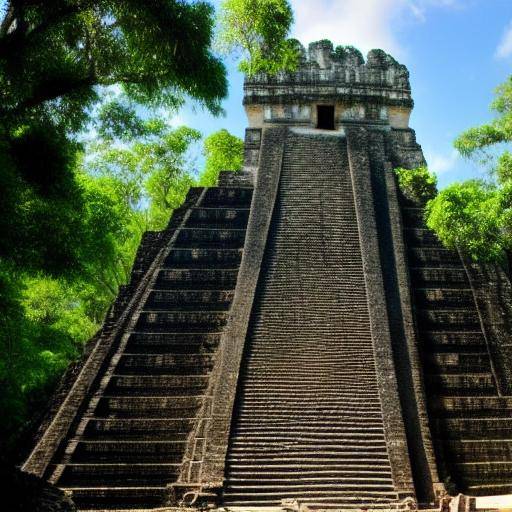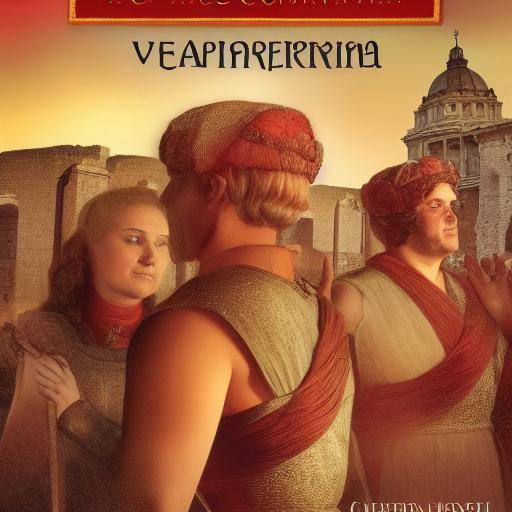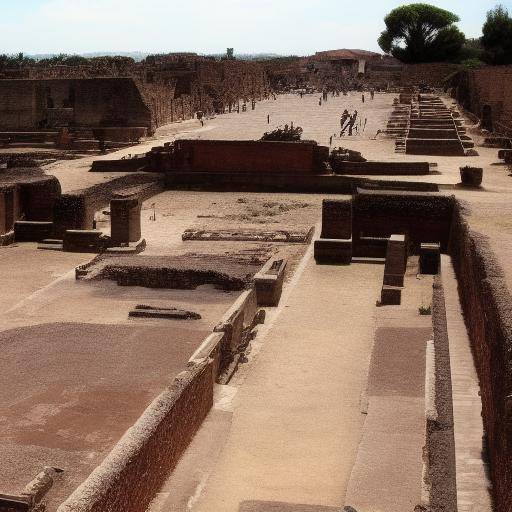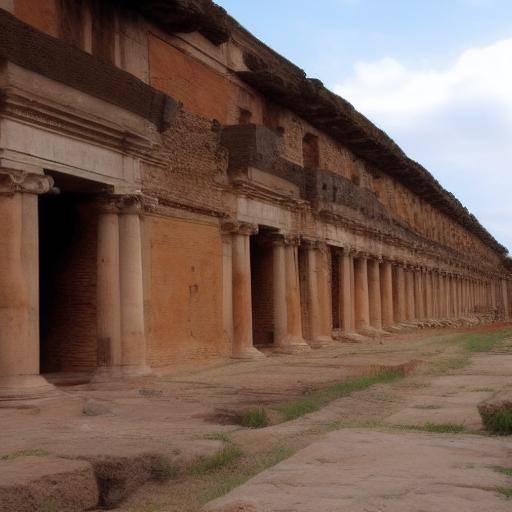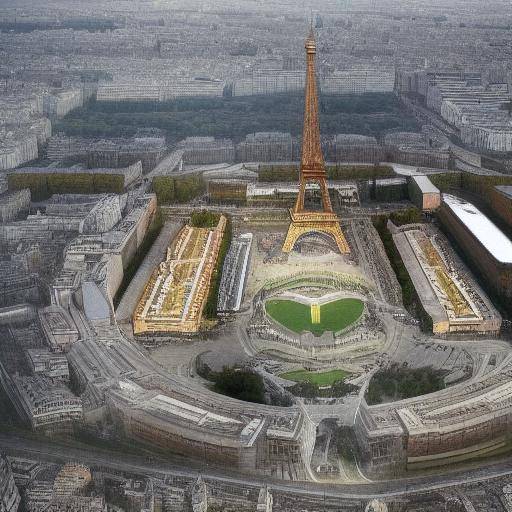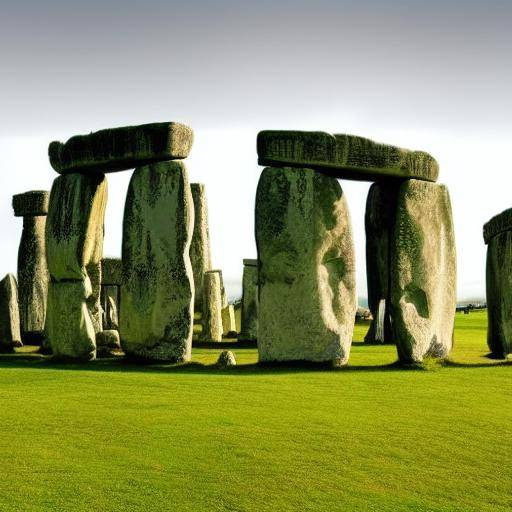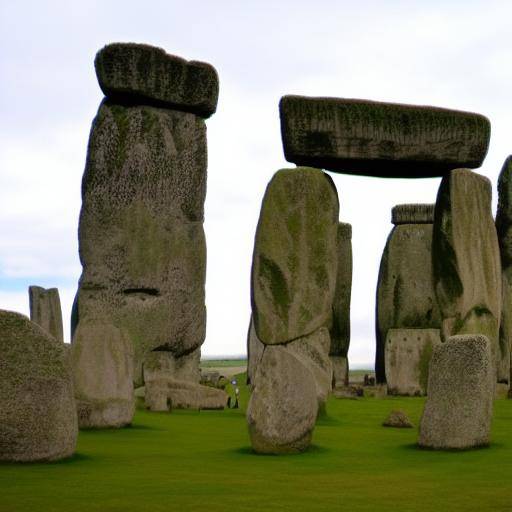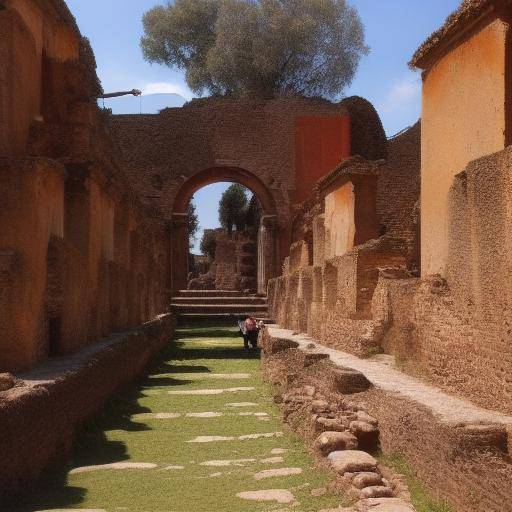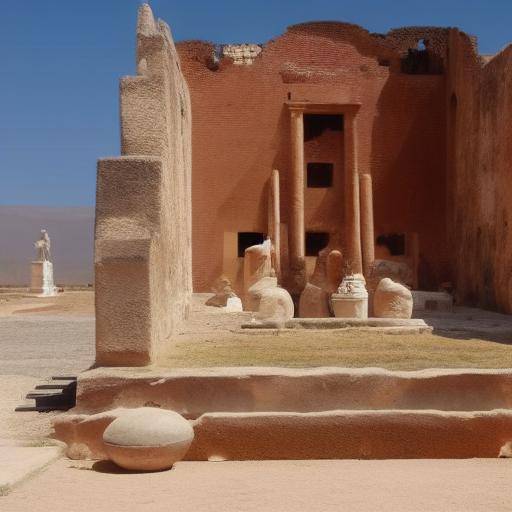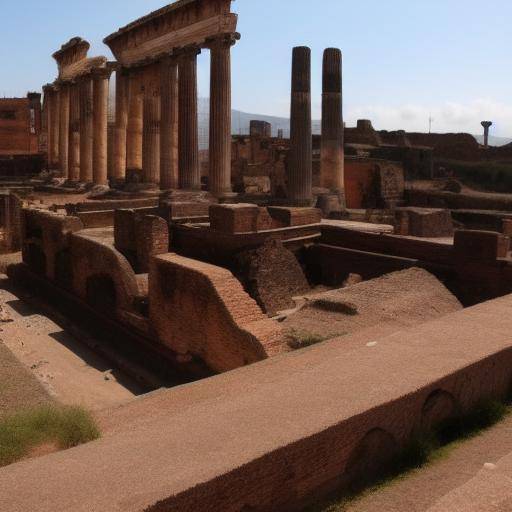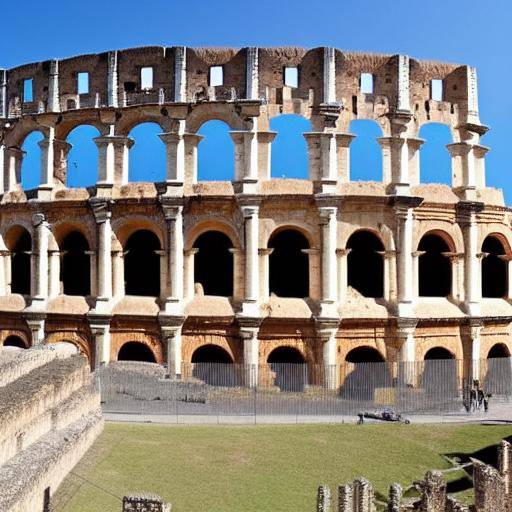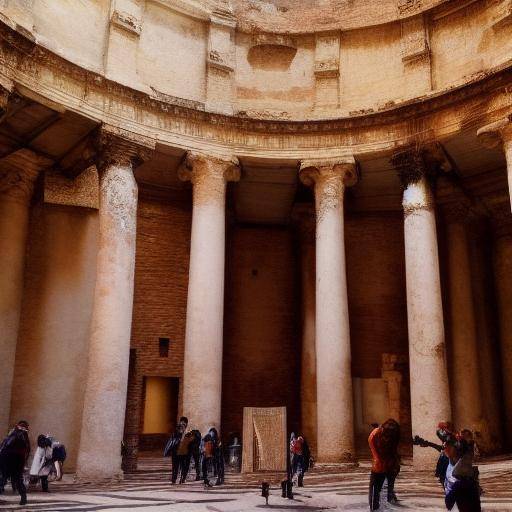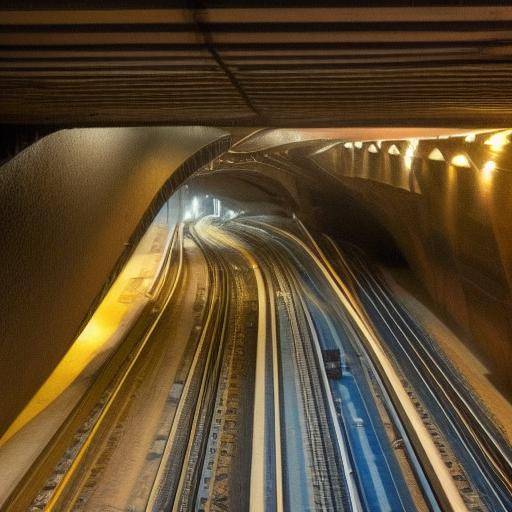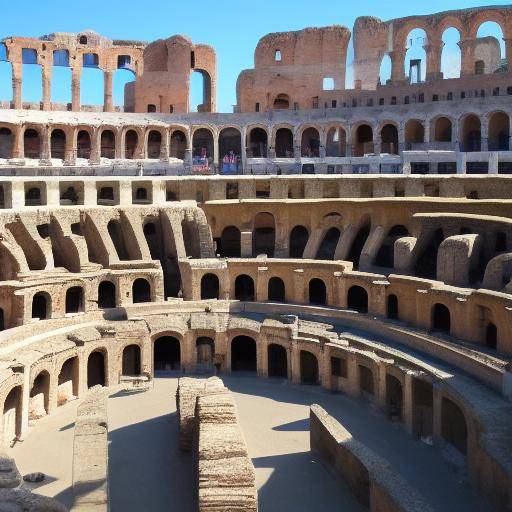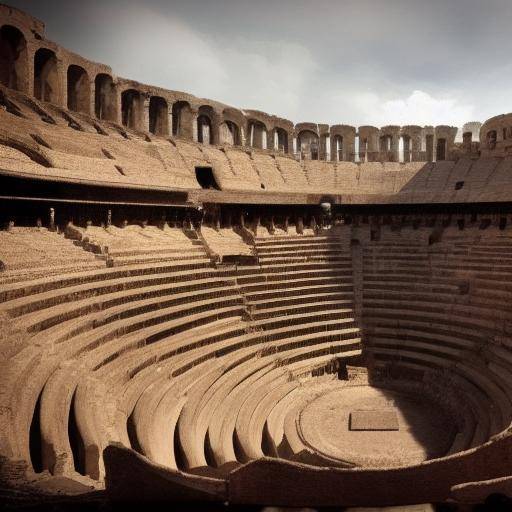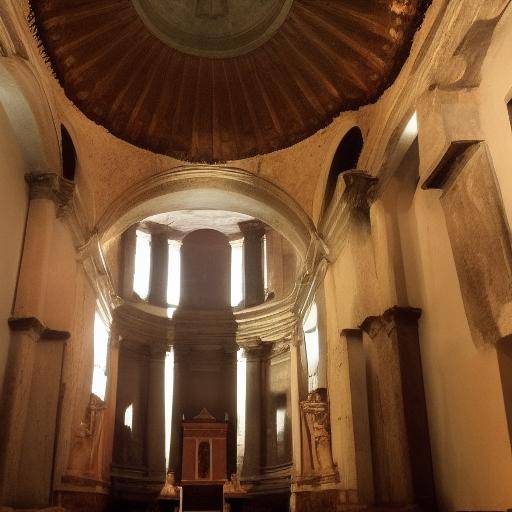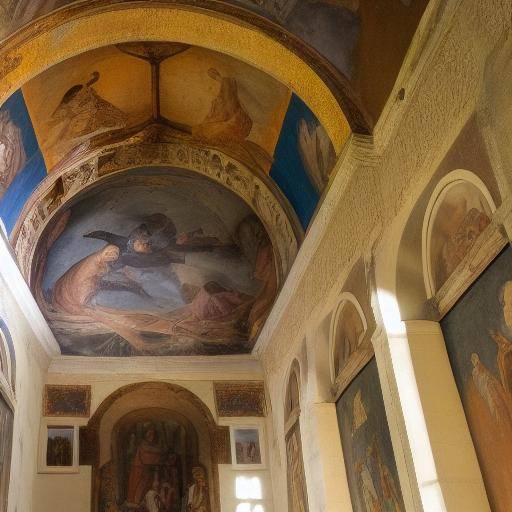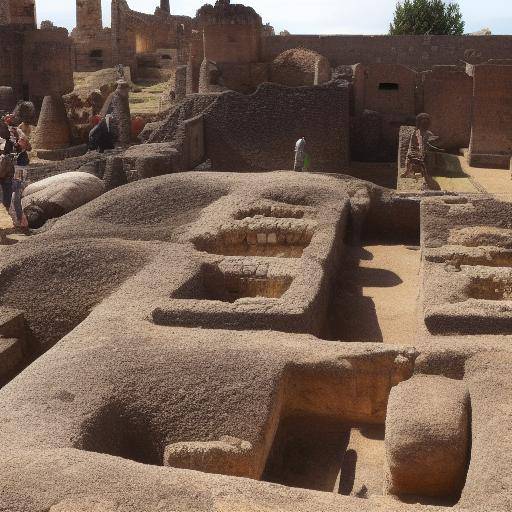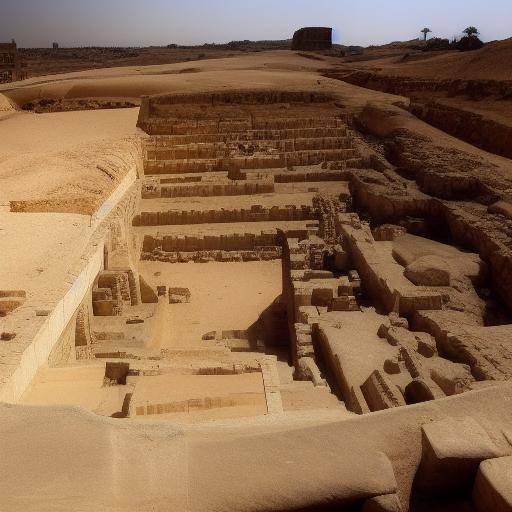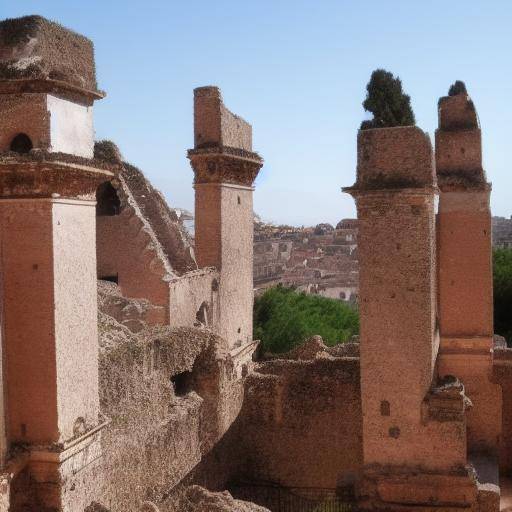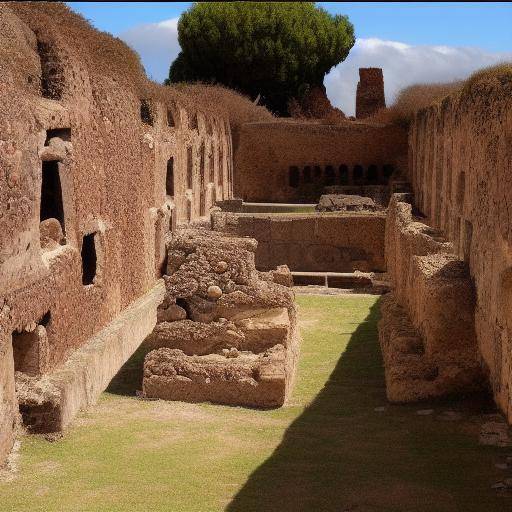
Pompeii is known throughout the world as a place full of history and mystery. Located in Italy, this ancient Roman city was buried by the Vesuvius eruption in 79 AD. This makes it an exceptional archaeological site, where fascinating secrets have been discovered that allow us to approach the daily life of the Roman Empire. In this article, we will thoroughly explore history, the latest discoveries, archaeological practices and secrets that still lie under the ruins of Pompeya. Get ready to take an unforgettable journey in time!
Introduction
From the moment an archaeological site is discovered, countless secrets buried for centuries come to light. This is the case of Pompeii, whose ruins have revealed invaluable historical treasures that allow us to understand life in Roman antiquity. Join us on this journey where we will explore the archaeological wealth of Pompeya, the intricate discoveries that have marveled the world and the importance of preserving this heritage for future generations.
History and Background
The city of Pompeii was founded in the sixth century BC by the Oscos, an ancient Italian village. During his apogee, Pompeii was a thriving port city and an important shopping centre in the region. However, its fate changed drastically on August 24, 79 AD, when the Vesuvius eruption buried the city under tons of ash and lava, preserving it in time. The modern archaeological excavations in Pompeii began in the 18th century and have revealed a lot of surprising discoveries.
The discovery of plaster moulds that revealed the forms of the inhabitants of Pompeya at the time of their death, as well as the frescoes, mosaics, utensils and buildings perfectly preserved, have provided invaluable information about the daily life, culture and customs of the Roman era. The archaeological remains unearthed in Pompeii have allowed archaeologists and historians to rebuild to a great extent the life of the ancient city, offering a unique vision of the ancient world.
Analysis in Deep
Archaeology in Italy, particularly in Pompeii, represents a challenge and, at the same time, a unique opportunity for researchers. The preservation of the city offers an unprecedented look at the Roman world, but it also required very specific techniques and preservation approaches. Advances in technology and methodology have enabled archaeologists to address unique challenges, such as the conservation of fragile objects and the reconstruction of structures.
The study of archaeology in Pompeii has also shed light on important social and cultural aspects of Roman society. The analysis of food remains, everyday objects and inscriptions has provided valuable information on diet, funeral practices, religion, economic system and social interactions in the former Pompeii.
The ongoing archaeological work in Pompeya faces challenges such as the conservation of the remains, the balance between preservation and exposure to the public, and the need to continue to enrich the knowledge about the city and its surroundings. Archaeology experts are constantly looking for innovative and sustainable solutions to help protect and study this magnificent site.
Comprehensive review
What are the practical applications of archaeology in Pompeii? How do these studies contribute to our understanding of ancient history and its relevance today? The detailed analysis of archaeological practices in Pompeya allows us to understand not only the history of this ancient city, but also the lessons we can learn from it for the modern world. The methods and techniques used in Pompeii, from excavation and conservation to the analysis of findings, have laid the foundations of contemporary archaeology. The principles of preservation and dissemination applied in Pompeya have served as a model for other archaeological sites around the world.
In addition, archaeological research in Pompeya has proved invaluable for cultural tourism and education. The site attracts visitors from around the world, who have the opportunity to immerse themselves in ancient history and witness first-hand archaeological findings. The economic and educational impact of archaeology in Pompeya is significant, promoting sustainable tourism and the diffusion of historical knowledge.
Comparative analysis
Compare archaeology in Pompeii with other similar sites in Italy and the world reveals fascinating similarities and differences. While Pompeya offers an exceptionally detailed view of everyday life in ancient Rome, other archaeological sites in Italy, such as Herculaneum and Ostia Antica, shed light on different aspects of Roman society, thus complementing the general panorama. Globally, Pompeii is comparable to sites like Petra in Jordan, which also provides a unique window to an ancient civilization.
The archaeological approach in Pompeya is unique due to the exceptional conservation of the remains, which allows an almost intact immersion in everyday Roman life. By comparing Pompeii with other archaeological sites, the importance of the preservation and active study of these historical treasures is evident to fully understand past civilizations.
Practical Tips and Accessible Tips
If you plan to visit Pompeii or are interested in archaeology, here are some practical tips to make the most of your experience:
- Research carefully before your visit: Learn about the history and importance of Pompeya will enrich your experience.
- Hire a qualified guide: An expert guide can provide you with detailed information and take your visit to another level.
- Respect the heritage: Keep the respect for the site and follow the signs to preserve the archaeological remains.
Industry Perspectives and Expert Reviews
Experts on archaeology and cultural heritage highlight the importance of Pompeya as an invaluable historical treasure that continues to reveal secrets about ancient Rome. They also point to the need to continue preserving the site and to encourage archaeological research to broaden our knowledge of this crucial period of history.
According to the Italian archaeologist Vittorio La Regina, "Pompeya is a unique testimony of everyday life in ancient times. Preserving this legacy is essential to understanding our past and learning lessons for the future."
Case Studies and Real Life Applications
One of the most striking findings in Pompeya is the Villa dei Misteri, known for its exquisite frescoes that portray enigmatic scenes of mystical rituals. This example shows how architecture and art in Pompeya not only provide visually captivating information, but also offer a deeper understanding of the beliefs and practices of the time.
In addition, the study of human remains and forensic archaeology in Pompeya has allowed researchers to rebuild the circumstances of the Vesuvius eruption and its effects on the population, providing valuable information on natural disasters and their impacts on old societies.
Future Trends and Predictions
Future trends in archaeology are aimed at an interdisciplinary approach that integrates technology, material science, conservation and public disclosure. The application of advanced techniques, such as radiocarbon dating, 3D laser scanning and virtual reconstruction, is expected to provide new perspectives on the history of Pompeii and shed light on previously unknown aspects. In addition, the preservation and sustainable management of Pompeya are expected to remain priorities, ensuring that this archaeological treasure remains accessible to future generations.
Conclusion
In short, Pompeii represents an incomparable archaeological treasure that offers a unique window to life in ancient Rome. Its importance transcends the borders of Italy, since its historical and cultural legacy is of global relevance. Archaeology in Pompeii continues to reveal secrets that enrich our understanding of the past, with practical applications in various areas, from the preservation of heritage to education and cultural tourism. This emblematic archaeological site will remain the subject of research and admiration in the coming decades, offering valuable lessons on the interaction between humanity and its environment.
Frequently asked questions
What is the best time to visit Pompeii?
Spring and autumn are usually the best seasons to visit Pompeii, as the weather is more temperate and there are fewer crowds.
Do you need a guide to visit Pompeii?
Although it is not mandatory, hiring a guide can significantly enrich your experience, as it will provide detailed information on the findings and the history of the site.
How long do you need to travel Pompeii?
For a full visit, it is recommended to spend at least half a day to explore Pompeii and appreciate its main points of interest.
Are there restrictions on photography in Pompeii?
The use of cameras is allowed in most Pompeii, but some restrictions apply in certain areas. It is important to respect the indications of the site staff.
What is the importance of preserving Pompeii?
The conservation of Pompeii is crucial to preserve this invaluable historical and cultural heritage, as well as to continue to generate knowledge about ancient Rome.
How can I support the preservation of Pompeii?
You can support the conservation of Pompeii through donations to cultural heritage organizations, as well as respecting the site rules during your visit.
In conclusion, Pompeii lies as an archaeological treasure that continues to surprise the world with its buried secrets. It also represents an invaluable testimony of ancient Rome and offers valuable lessons for the present and the future. This archaeological destination is undoubtedly an indispensable stop for any enthusiast of history and culture.

